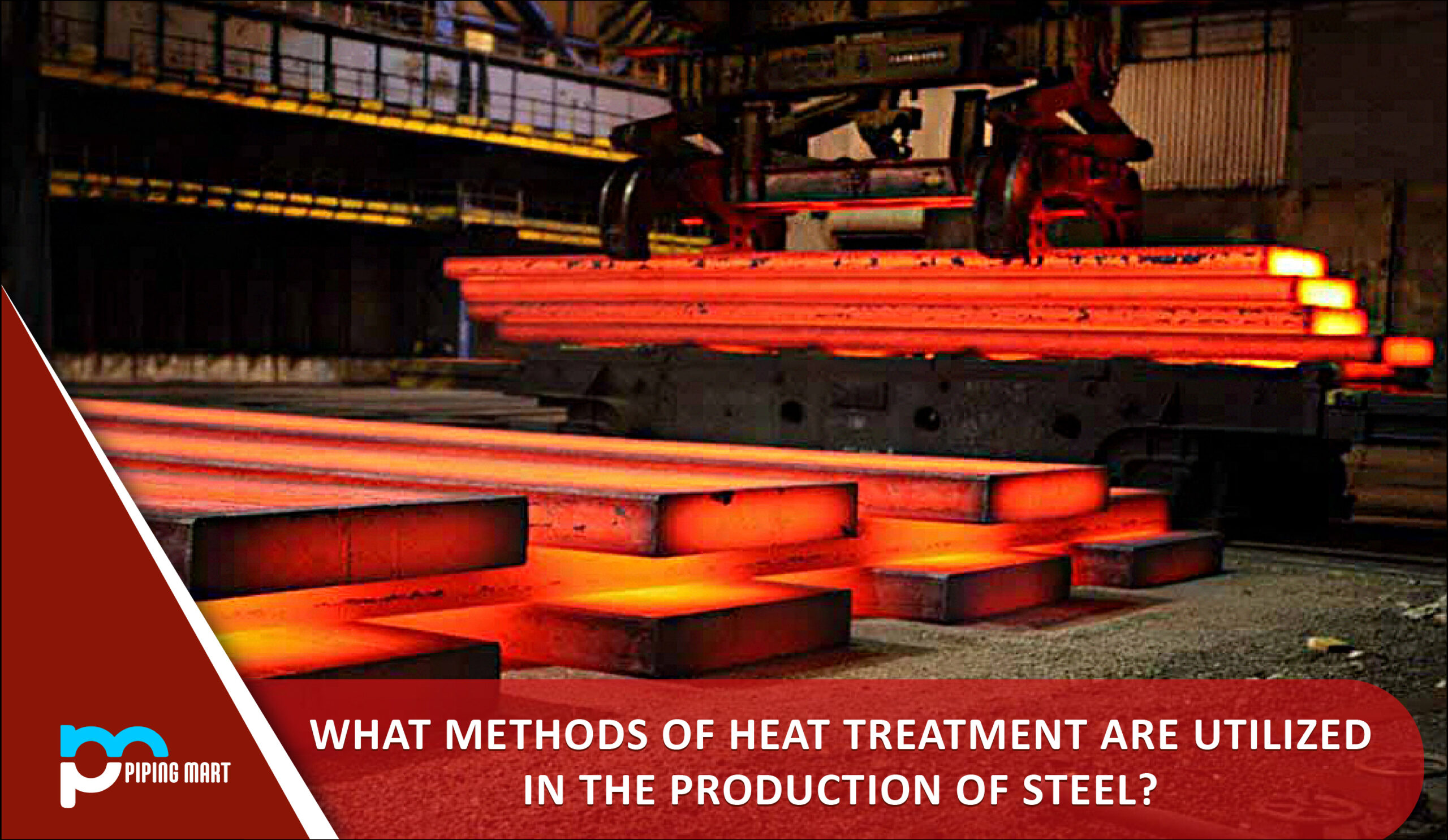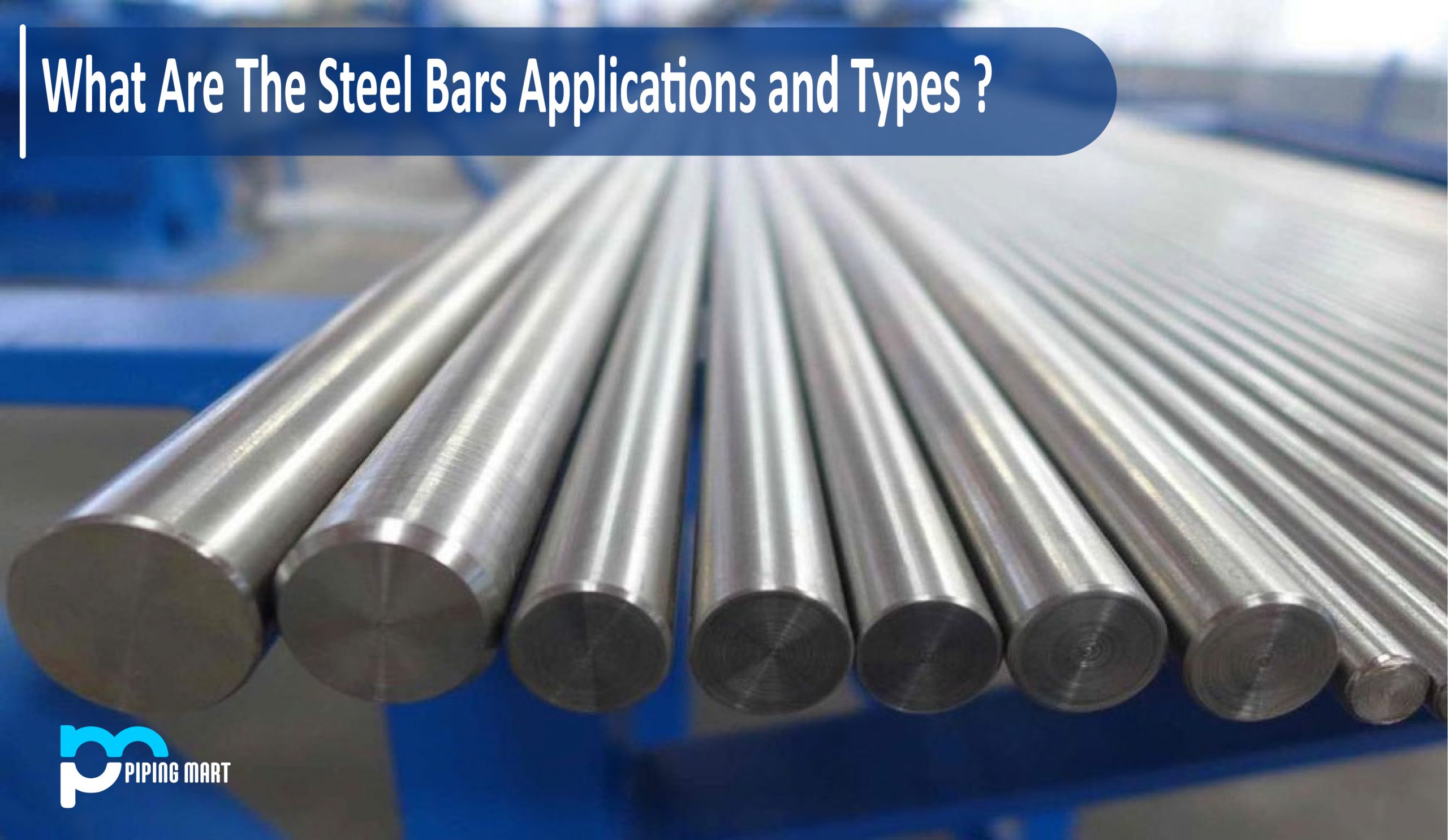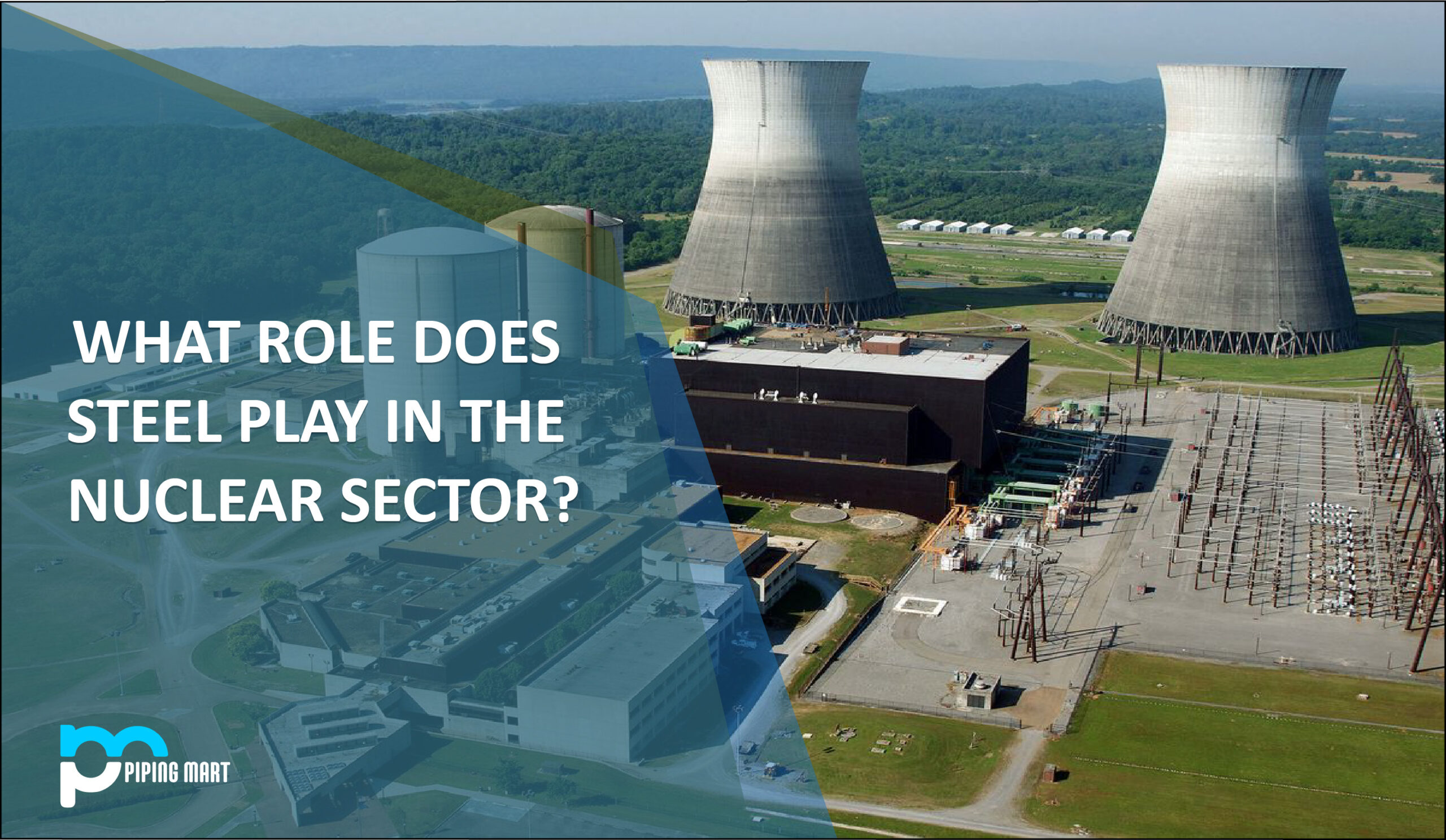The oil and gas business uses a variety of sophisticated procedures and methods. The use of heat treatment is one such important method. It is a crucial step in producing several materials used in the oil and gas sectors. It is a procedure that entails heating or cooling a substance to excessively high or low temperatures to get the desired outcome, such as the hardening or softening of a substance. This is a fundamental concept for mechanical engineers taking oil and gas courses.
Metals are subjected to specialized processes to be formed into a given shape or structure. On the other hand, some techniques are used to return metals to their original state. Heat treatment is heating the metal without allowing it to reach the molten or melting stage, followed by carefully regulated cooling to get the required mechanical qualities. Heat treatment can either strengthen the metal or make it more malleable, abrasion-resistant, or ductile.
Heat treatment techniques
In an online course for piping engineering, you will find all important topics related to manufacturing, materials used, and processes. One such critical topic amongst them is heat treatment techniques. The different heat treatment techniques that are commonly used in the oil and gas industry are –
- Normalizing
One of the Heat Treatment procedures is normalizing, which involves heating steel over the critical temperature, maintaining it there for a long enough period for transformation to occur, and then cooling it in air.
The process of normalizing results in an increase in flexibility and toughness. Metals undergoing thermal or mechanical hardening operations and whose microstructure must be normalized are often subjected to the normalizing process. The metal’s ductility is reinstated, and its hardness is decreased after normalization.
- Annealing
Heat treatment called annealing makes materials more malleable and less rigid. A material’s ability to be formed is enhanced by annealing. Brittle materials are much more difficult to bend or press firmly without causing a material fracture. The annealing process is used to alleviate this issue.
- Tempering
Iron-based alloys are heat-treated through the process of tempering to make them more durable. To lessen some excess hardness, tempering is typically done after hardening. The process involves heating the metal for a specific time at a temperature below the critical point, then allowing it to cool in still air. Brittleness and internal tensions are lessened by tempering.
- Hot forming
After the plate has been heated to the temperature necessary to generate grain refinement, a process known as hot forming produces permanent deformation. Heat is used in this technique to soften the metal item, which can be a sheet, bar, tube, or wire. The metal is subsequently subjected to pressure to change its shape. Numerous complex pieces can be created using the hot forming technique, which maintains relatively tight tolerances. Though there are many others, these are the four main heat treatment procedures used in producing steel.

Pipingmart is B2B portal specializes in industrial, metal and piping products. Also, share latest information and news related to products, materials and different types grades to help business dealing in this industry.




